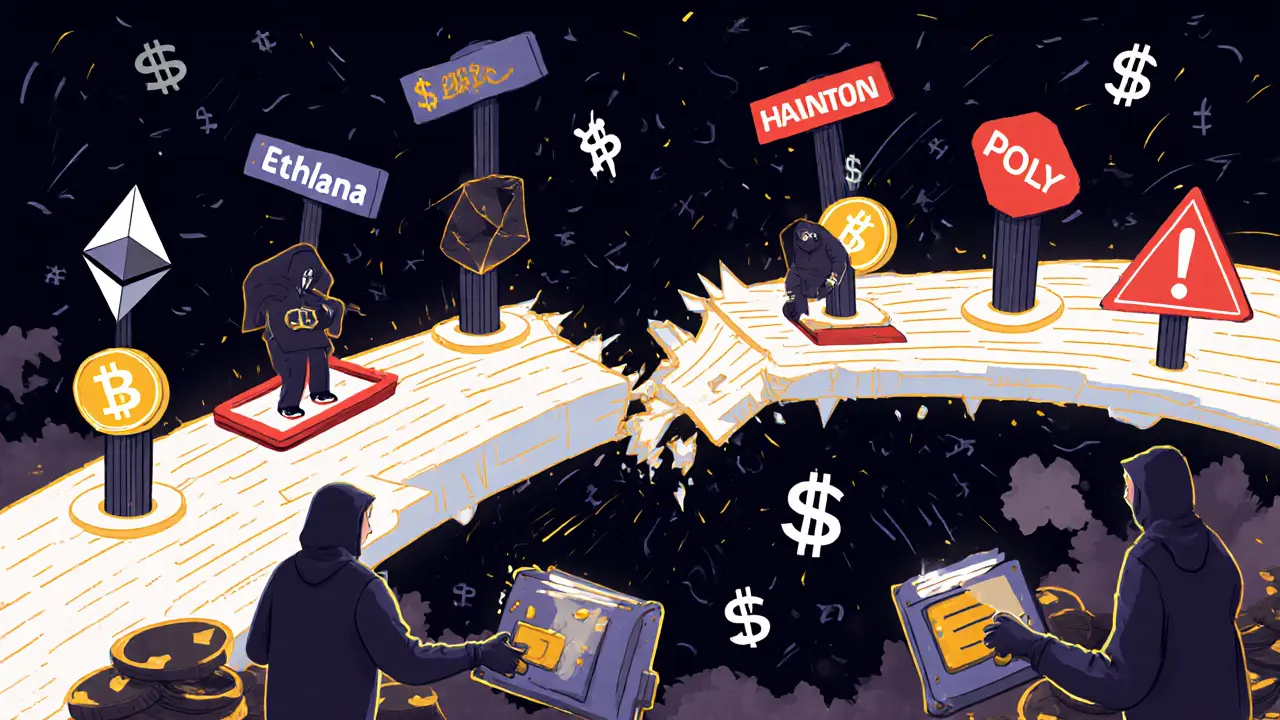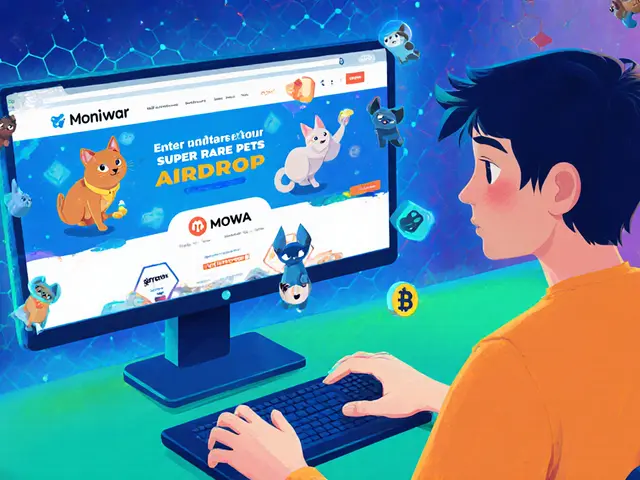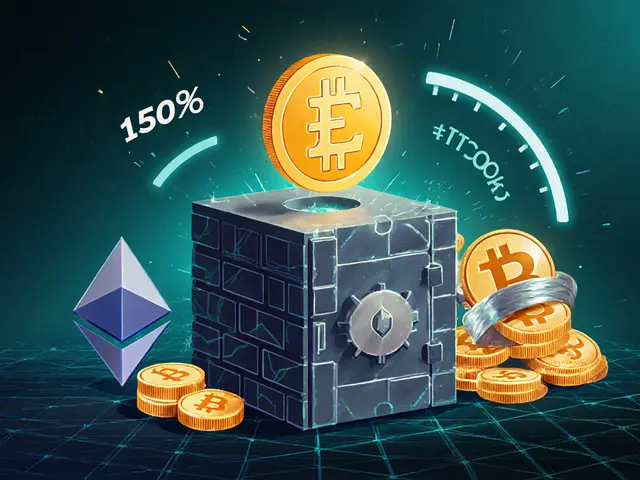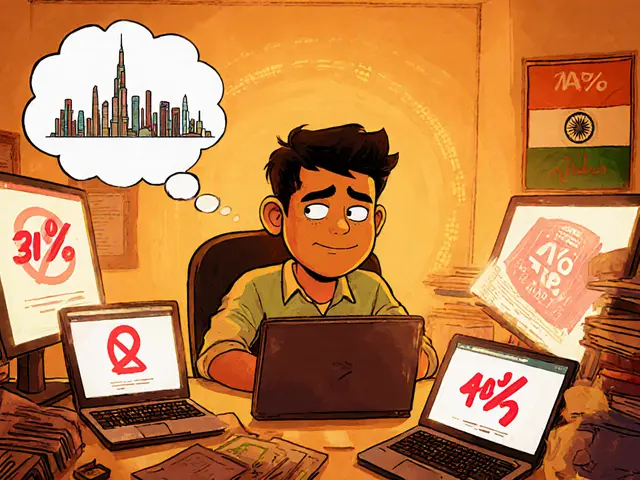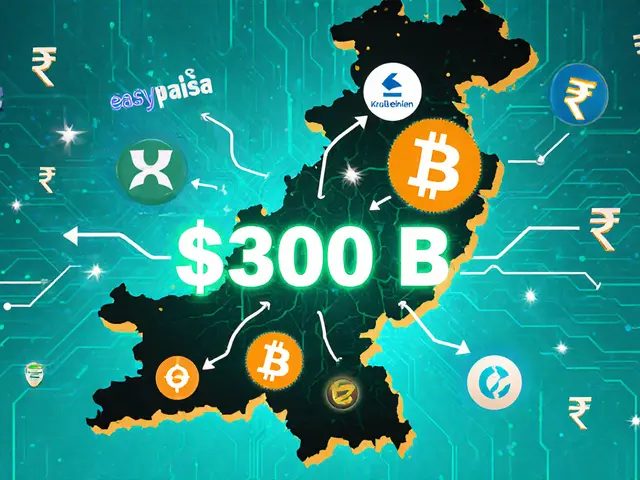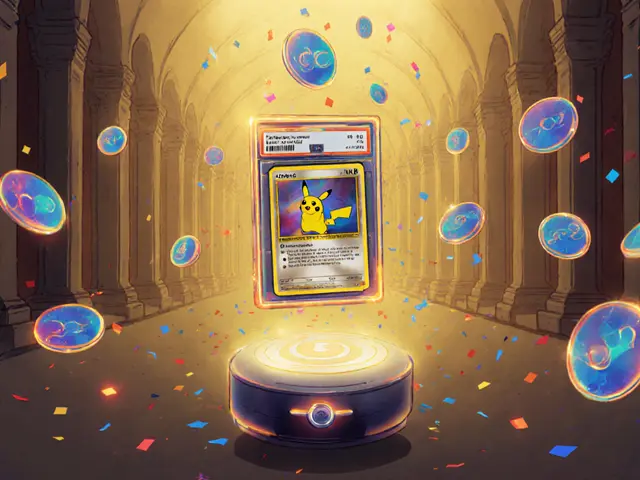DeFi Interoperability: How Blockchains Connect and Why It Matters
When we talk about DeFi interoperability, the ability for different blockchain networks to exchange data and value securely. It's not just tech jargon—it’s what lets you use a token from Ethereum in a game on Solana, or stake assets on Polygon to earn rewards on Avalanche. Without it, every blockchain is a closed island. You can’t move your NFT from one game to another. You can’t borrow on one chain to trade on another. And you’re stuck paying high fees just to bridge your own money between platforms.
Interoperability protocols, like IBC, CCIP, and LayerZero, are the real glue holding cross-chain DeFi together. These aren’t just APIs—they’re standardized rules that let blockchains verify each other’s data without trusting a middleman. Compare that to custom bridges, which are often built by one team, never audited, and have lost billions in hacks. That’s why smart users stick to protocols backed by multiple chains and open-source code. Cross-chain communication, the actual process of moving assets and data between chains. isn’t magic. It’s math, cryptography, and careful design. And when it works right, you get true ownership: your NFTs, your tokens, your funds—free to move where you want.
But it’s not just about money. Cross-game NFTs, digital items that work across multiple blockchain games. are starting to break the walls between virtual worlds. Imagine buying a sword in one game, then using it in another—no re-purchase, no conversion. That’s the promise of interoperability. Right now, most games still lock your gear inside their own systems. But the shift is happening. The same standards that let tokens move between chains are now being used to let NFTs move between games. And when that scales, your digital assets start to have real, lasting value.
What you’ll find here aren’t theory pieces. These are real-world breakdowns of what works, what doesn’t, and who’s getting burned. You’ll see how standards like ERC-20 and IBC actually function, why some bridges are time bombs, and how projects like OmniCat try—and fail—to claim they’re interoperable. You’ll learn what’s behind the hype, what’s still broken, and where the real opportunities are hiding. No fluff. Just what you need to know before you send your next transaction across chains.

